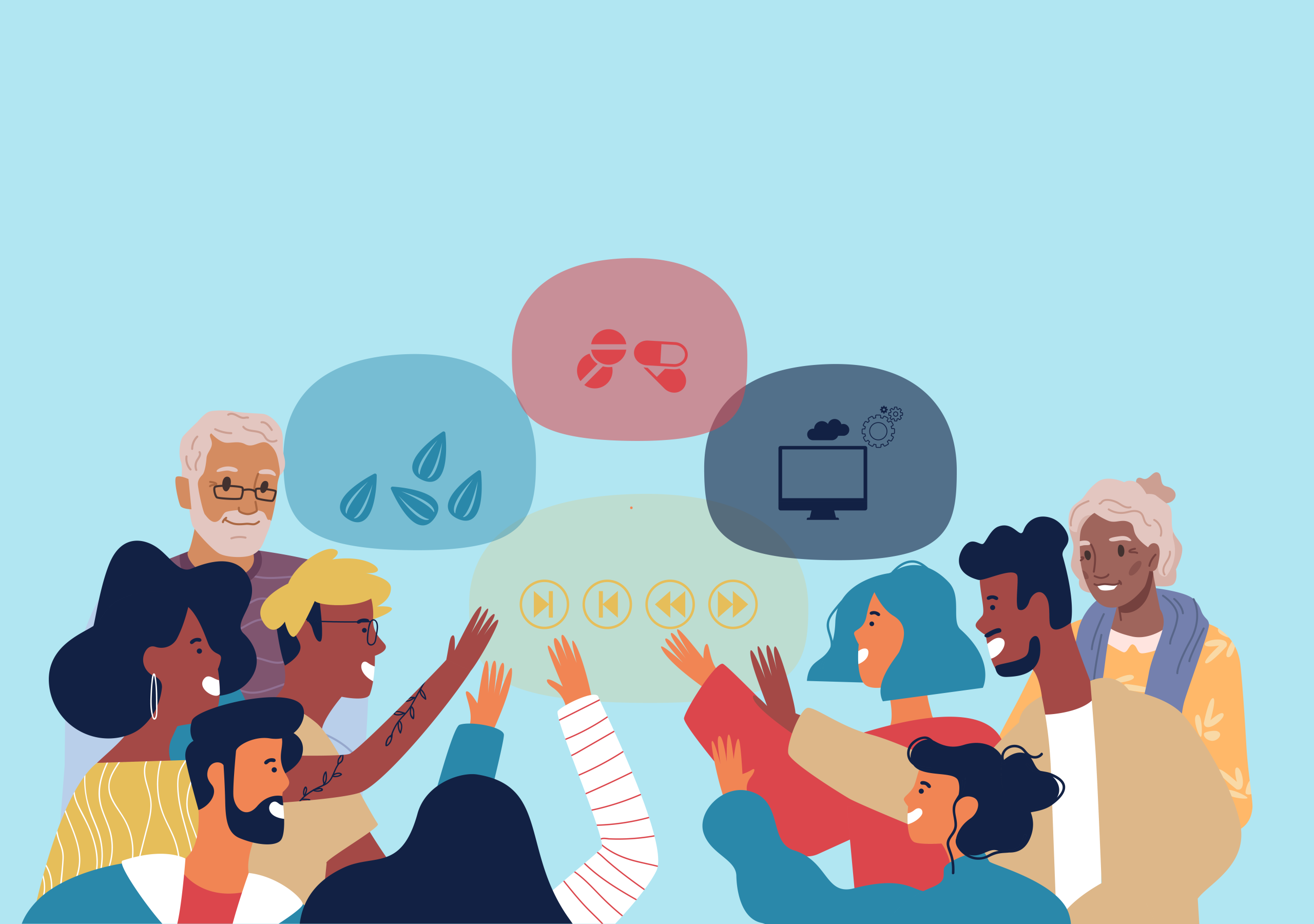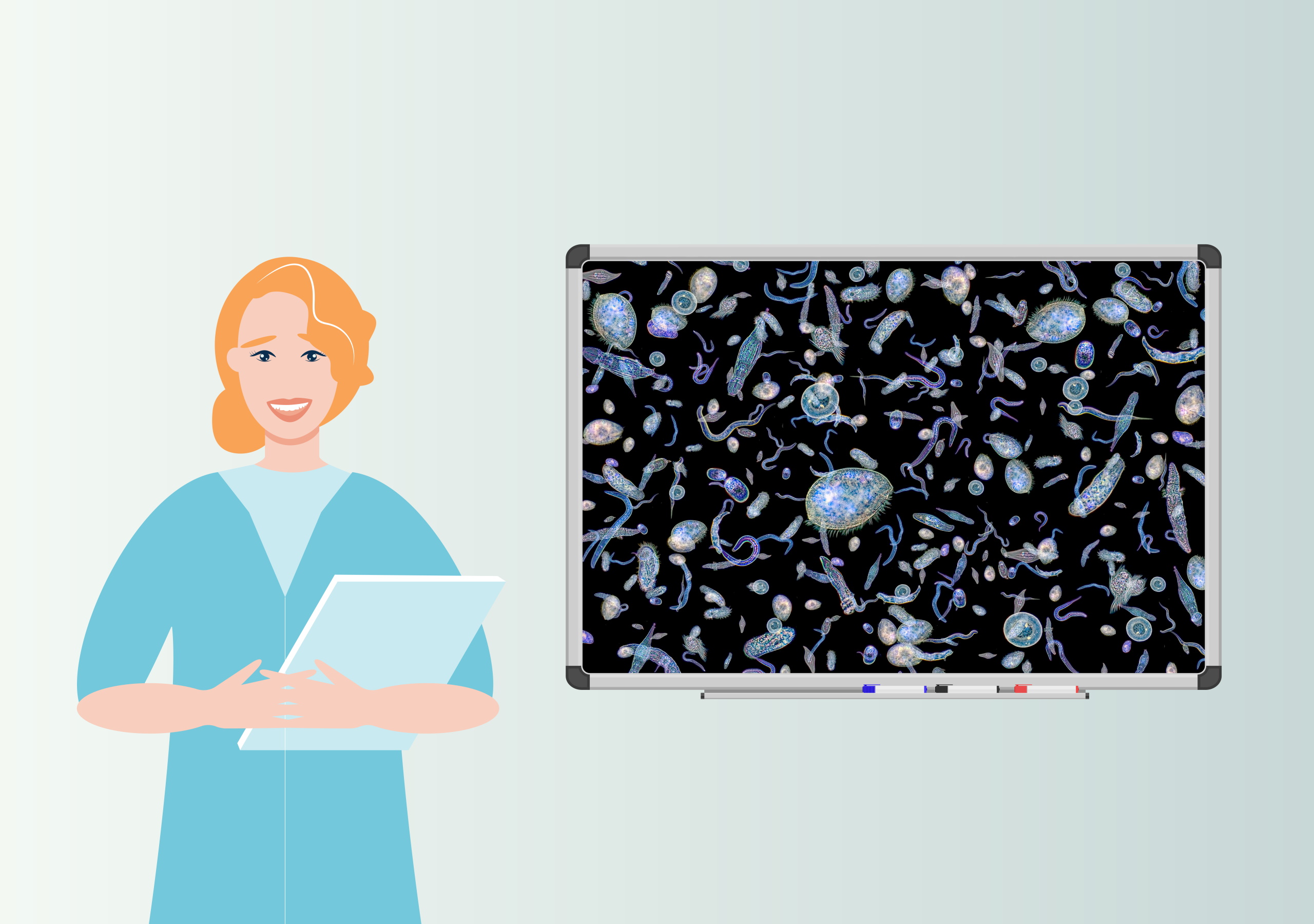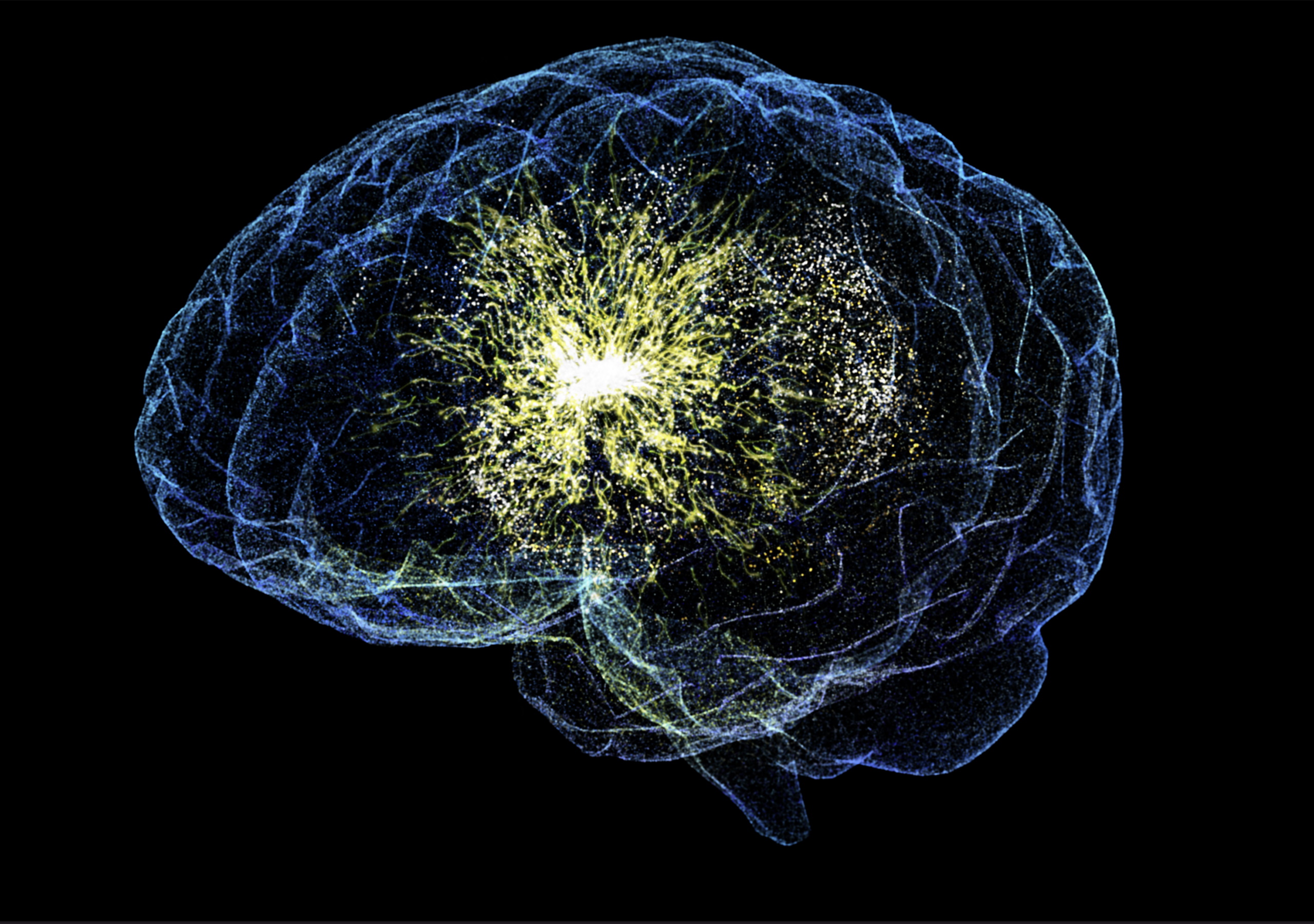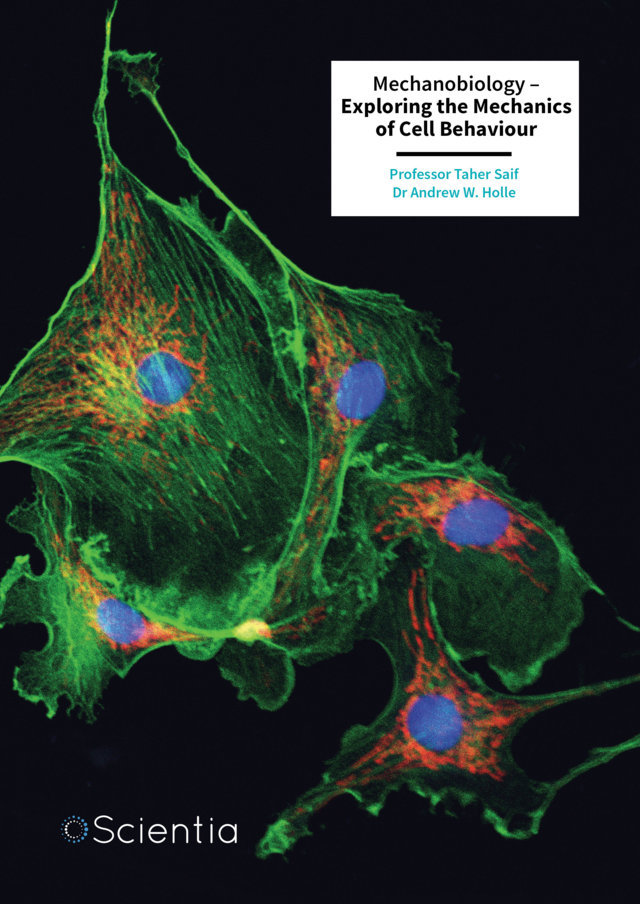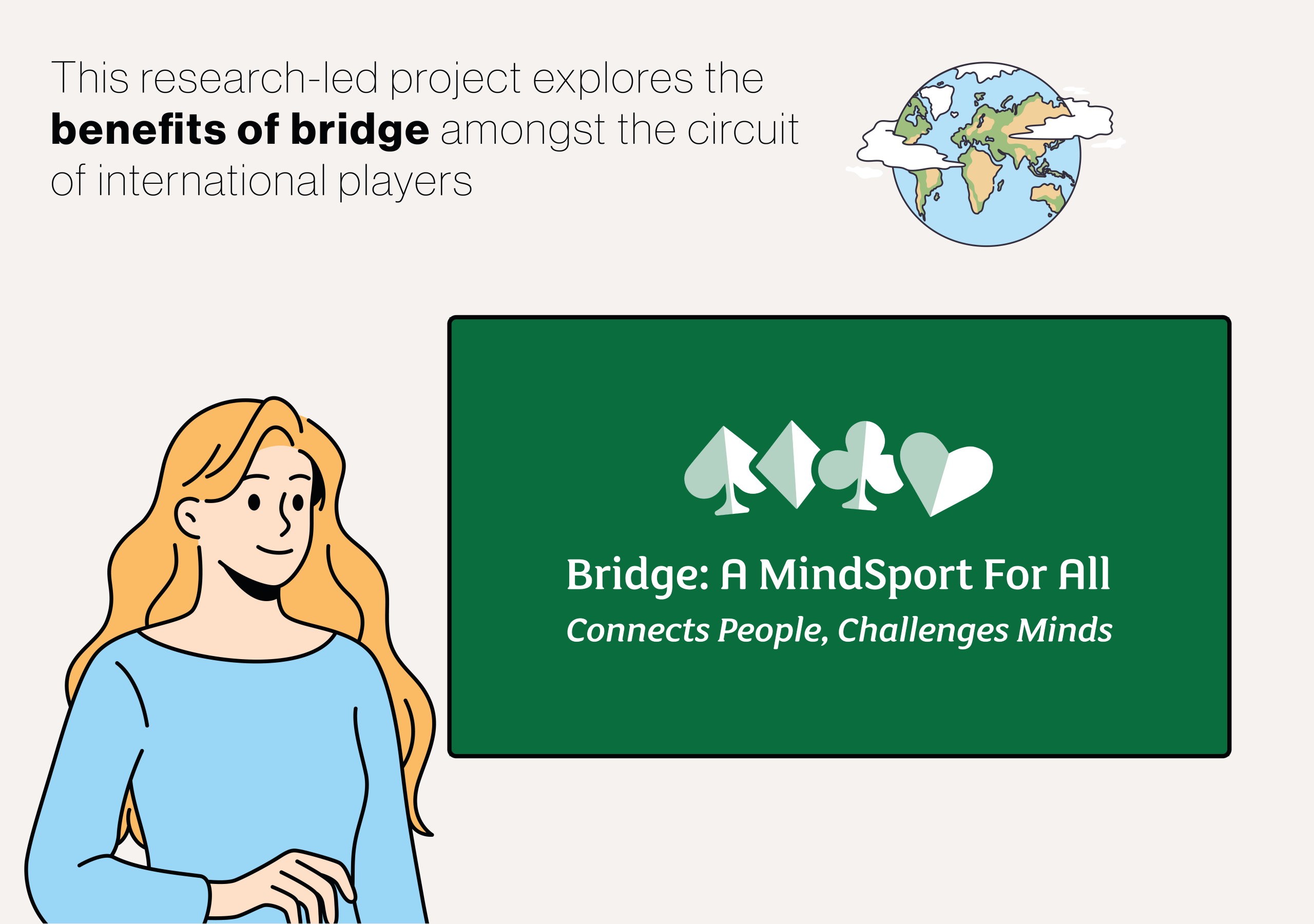Nanotechnology offers exciting possibilities for the future of healthcare. Because of the tiny size of nano-devices, they are difficult to design and produce. Self-assembly, which involves taking simple structures and allowing them to combine to form larger, more complex structures, could be a solution to this problem. There are many examples of self-assembly in nature, such as the formation of DNA. Dr Florian Lau and his colleagues at the Institute of Telematics in Lübeck, Germany, research how to alter special building blocks of DNA – which they call ‘tiles’ – in such a way that allows them to self-assemble into ‘nanonetworks’.
More
The researchers show how such DNA-based nanonetworks can perform a range of mathematical operations, and how they can produce signals in response to markers that indicate the presence of a disease.
Within a nanonetwork, Dr Lau’s team explains ways in which the tiles can connect with each other. Each tile is assigned ‘glues’, which can have different ‘colours’. The more glues a tile has the higher the strength, which translates to the length of a DNA strand.
Together, the strength and colour define the different connections that tiles can form, leading to a self-assembled nanonetwork.
The ‘program’ encoded in the glues allows only specific structures to form, which are called ‘message molecules’. Those messages may only be transmitted to nearby nanobots if the computation that was encoded in the assembly process finishes successfully.
Dr Lau and his colleagues proposed different mathematical operations to solve common medical problems. To do this, they worked out what combinations of tiles are required to carry out a certain operation. For example, a nanonetwork could be designed to release specific tiles when the markers of infection reach a threshold. These released tiles would then be detected by a nanorobot, which would then deliver an antibiotic once it reaches an infection site.
Such nanonetworks could also be used to create ‘smart medication’, or diagnostic tools that can check for multiple parameters to make a correct diagnosis with high certainty, exceeding the capabilities of commonly used tools.
To test these nanonetworks, the team ran computer simulations to see how these tiles would act in reality. It was important for the researchers to consider how errors might form in their nanonetworks, which could lead to misdiagnosis if a tile structure builds incorrectly, or to unpredictable building of a nanonetwork.
The team found low error rates that likely wouldn’t lead to harmful or unpredictable behaviour if it were inside the human body.
Dr Lau’s research offers an exciting step towards creating devices based on DNA nanonetworks, which could revolutionise the future of healthcare.


